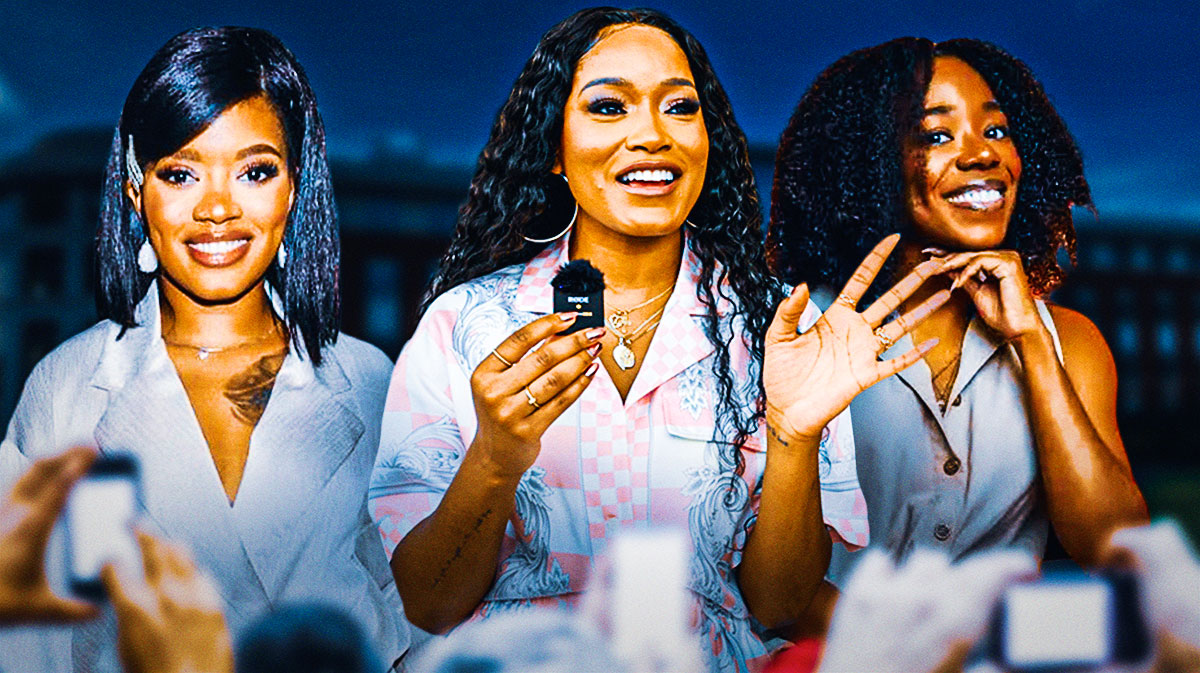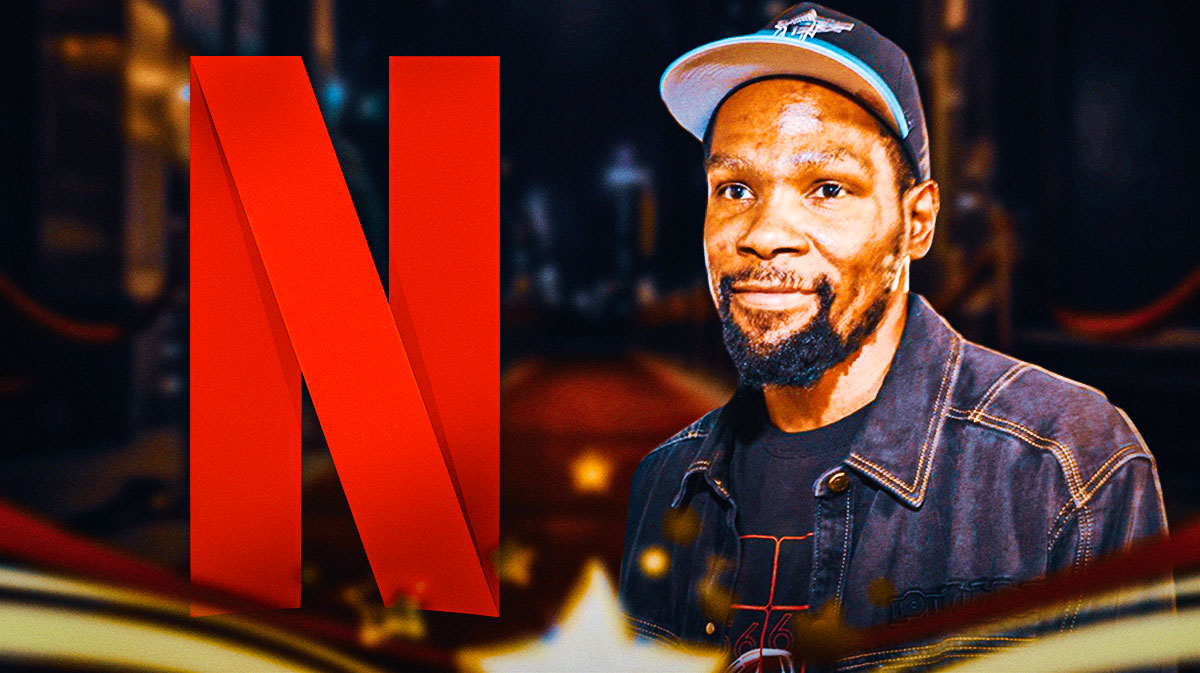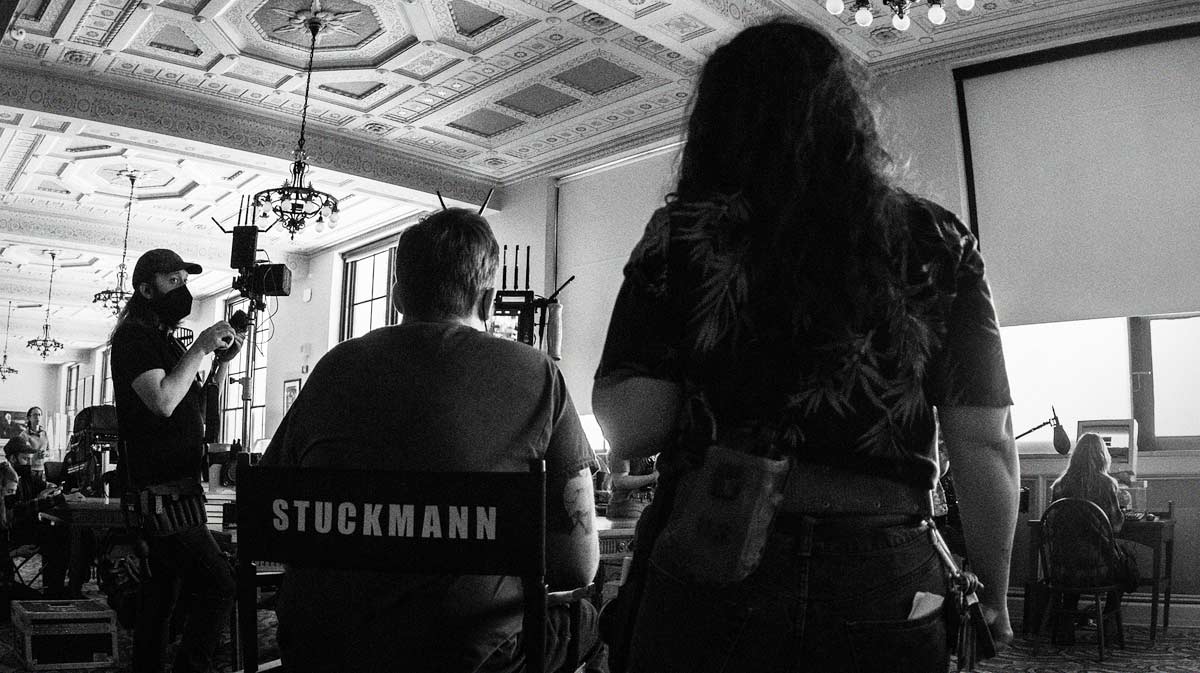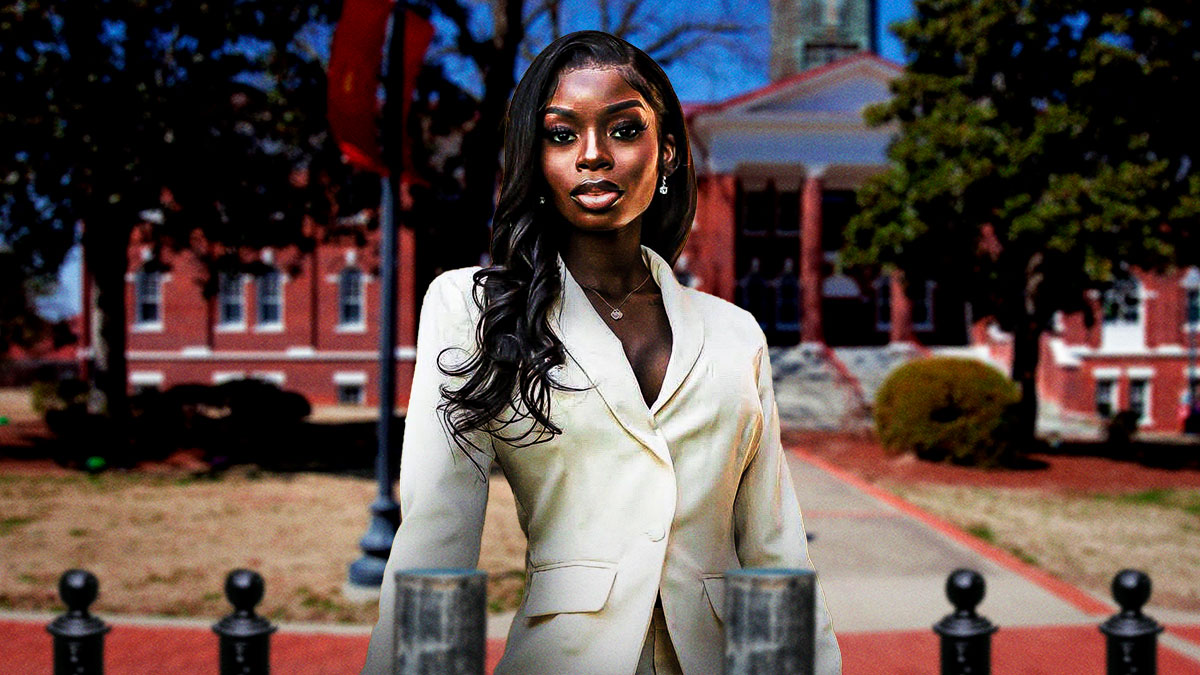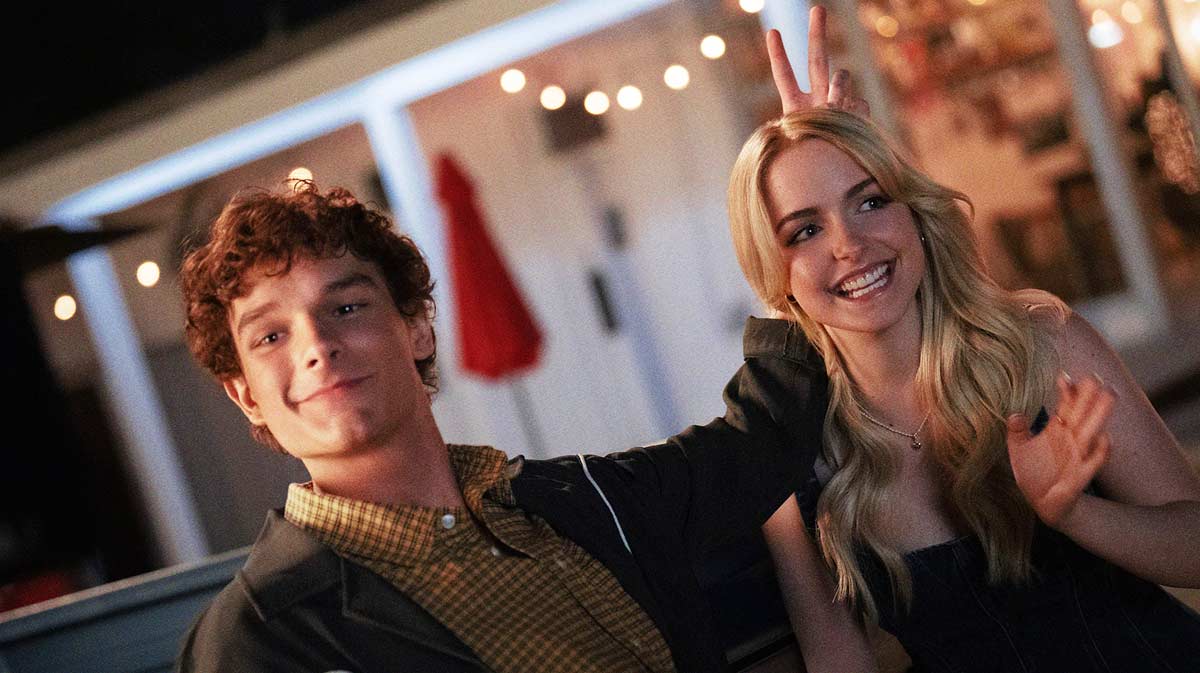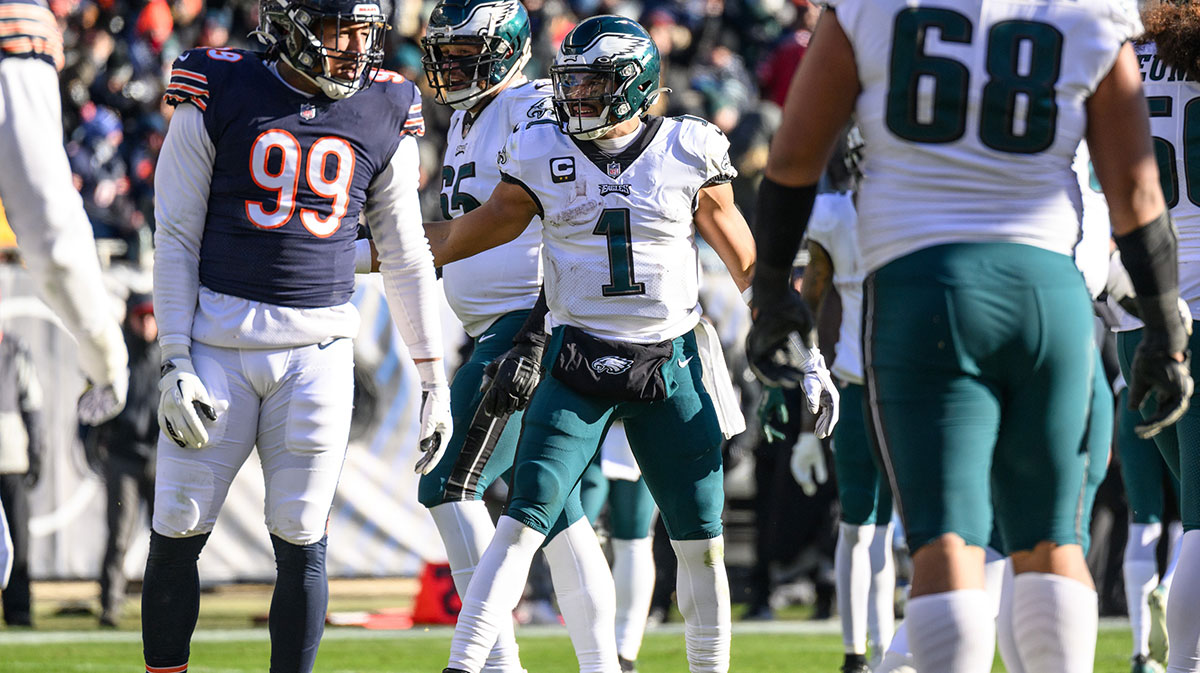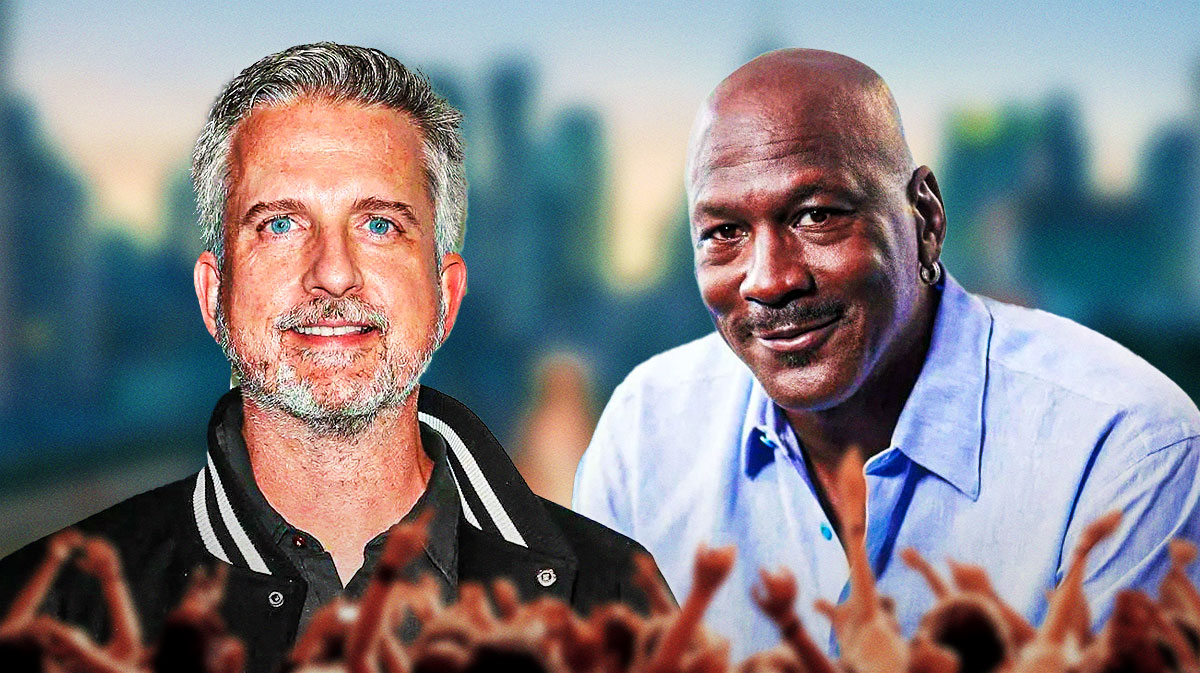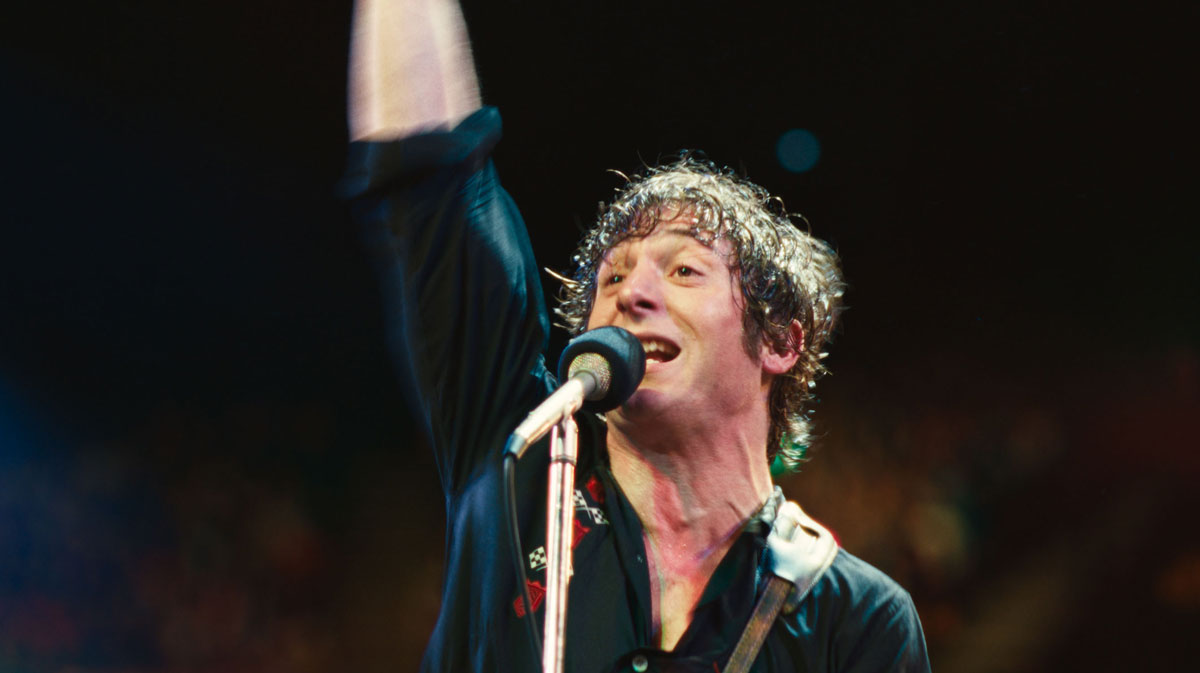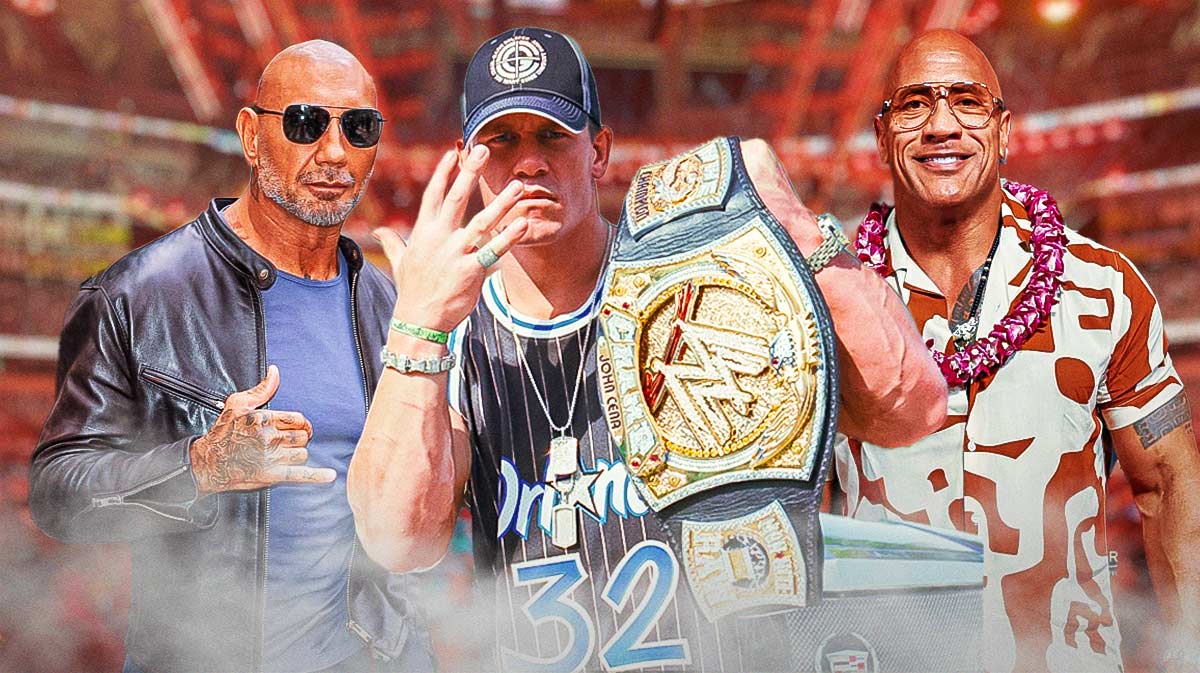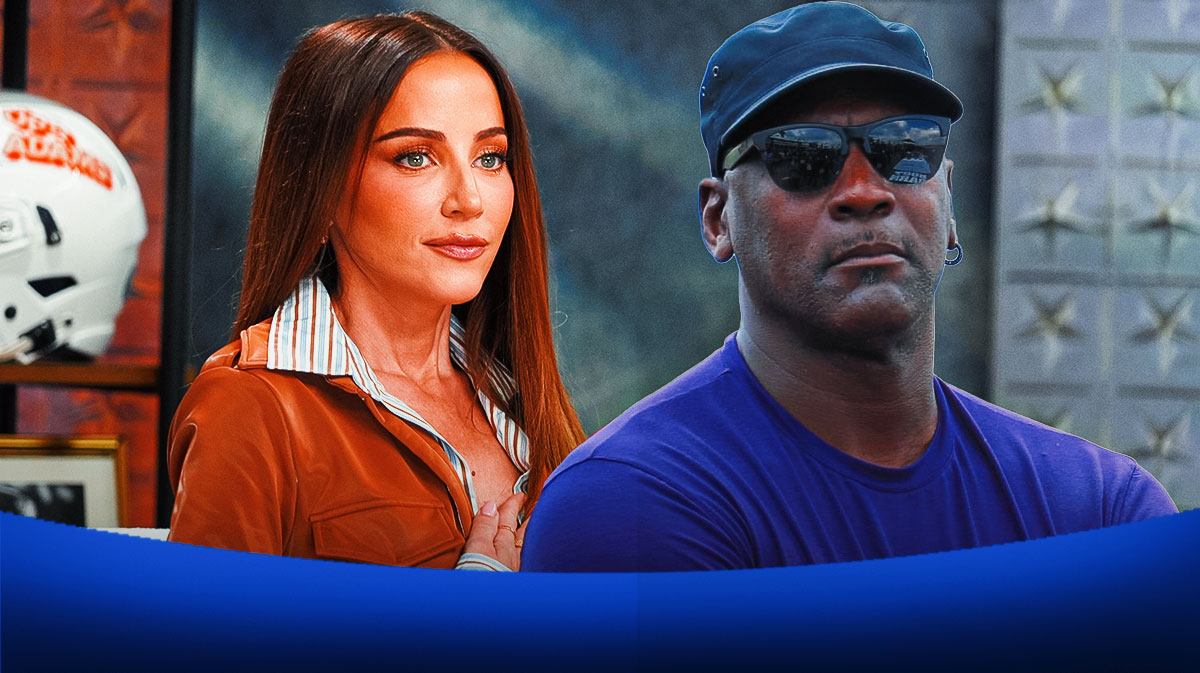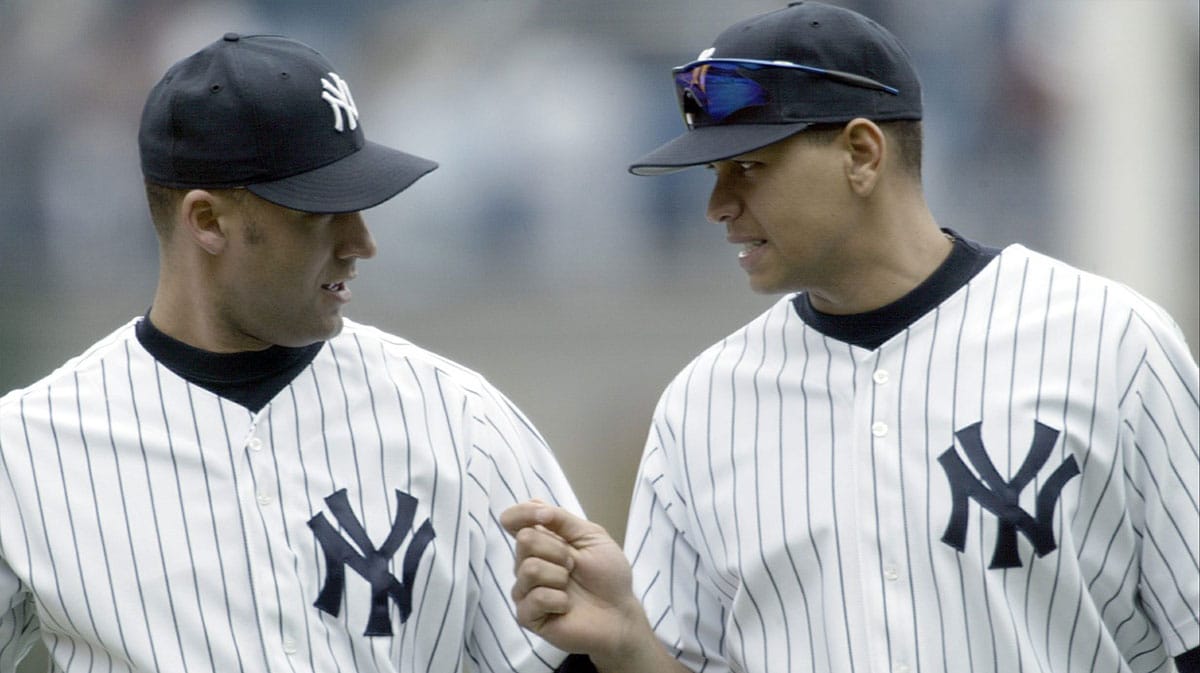The Halloween franchise, spanning over 40 years and encompassing 13 unsettling installments, has a labyrinthine history that can confound even the most dedicated fans. Amidst the ongoing conflict between Laurie Strode and Michael Myers, the series has endured a convoluted trajectory, marked by conflicting timelines and diverging narratives that often leave viewers disoriented. In comparison to its horror counterparts, Friday the 13th and A Nightmare on Elm Street, the Halloween saga stands out for its notably intricate and perplexing evolution.
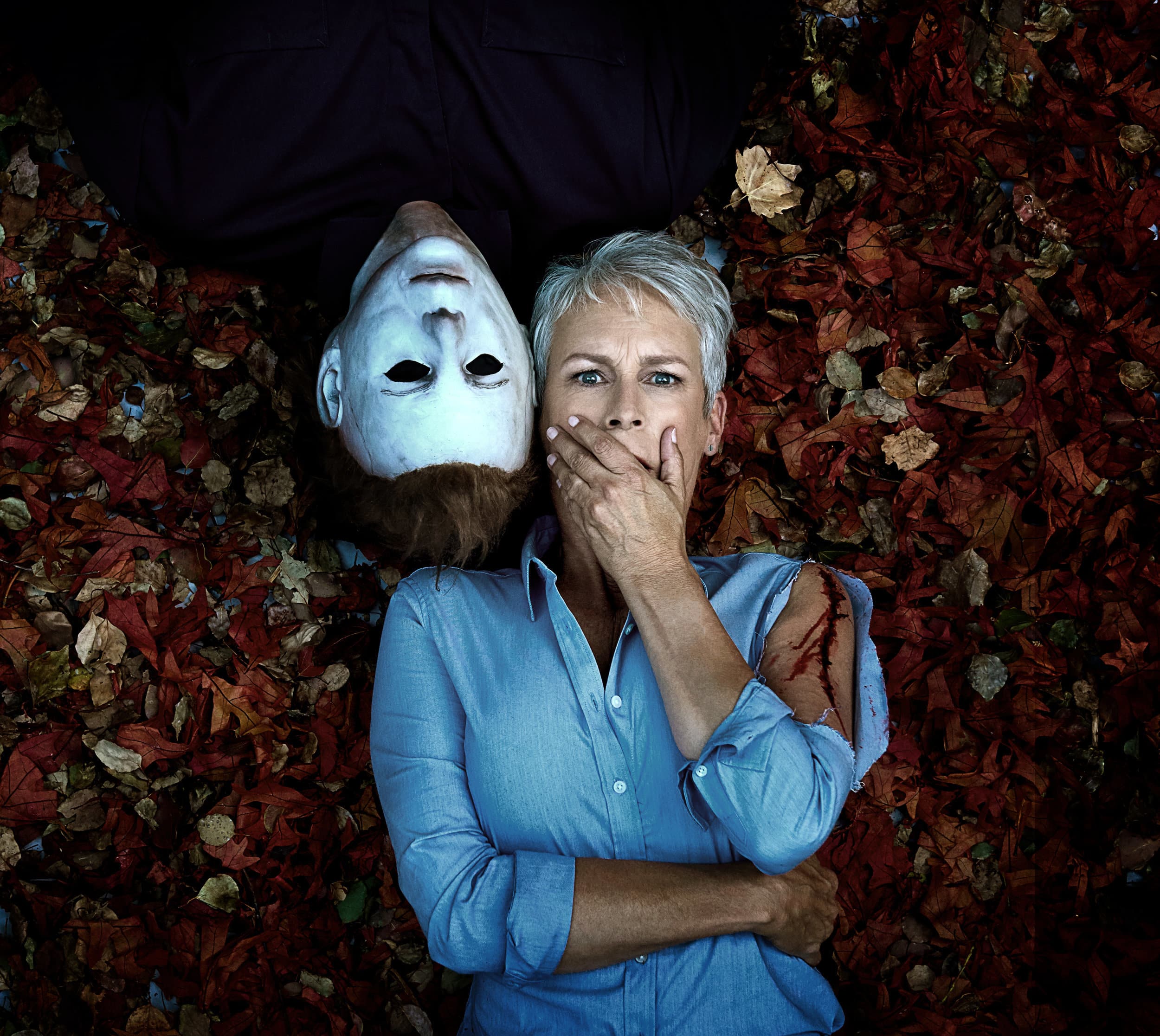
Despite its turbulent journey, the franchise experienced a revitalization under the adept guidance of David Gordon Green and Blumhouse. Through their legacy sequel strategy, Halloween returned to its foundational roots, reigniting the chilling tale that originated in the iconic 1978 masterpiece. Nevertheless, limiting the focus solely to the four films within the current trilogy disregards the many intricacies woven within the earlier sequels and reboots, each contributing to the complex tapestry of the Halloween universe.
With the upcoming conclusion in Halloween Ends marking the end of the fourth timeline, it is essential to acknowledge the franchise's diverse narrative arcs, including the standalone detour presented in 1982's Halloween III: Season of the Witch, a departure from the conventional Michael Myers storyline. As we delve deeper into the varied timelines and pivotal installments that have shaped the franchise, we unravel the enigmatic and haunting history of Halloween.
Timeline 1 (1978 — 1995)
The original Halloween movie from 1978 served as the launchpad for the franchise, followed by Halloween II, continuing the story immediately after the events of the first film. Michael Myers relentlessly pursues his sister, Laurie Strode, after she's taken to Haddonfield Memorial Hospital. The film culminates in a fiery showdown between Michael and his determined psychiatrist, Dr. Samuel Loomis, where both characters seemingly meet their demise.
But this timeline takes a convoluted turn when Halloween 4: The Return of Michael Myers retcons Loomis and Michael's deaths. It reveals that Michael has spent the past decade comatose at Smith's Grove Sanitarium. Jamie Lloyd, Laurie Strode's eight-year-old daughter, becomes the new focus as Michael awakens.
Subsequent sequels, Halloween 5: The Revenge of Michael Myers and Halloween: The Curse of Michael Myers, delve deeper into the lore, revealing Michael's connection to the enigmatic Cult of Thorn, which controls him through an ancient curse.
Timeline 2 (1978 — 2002)
This timeline deviates after Halloween: The Curse of Michael Myers due to actor Donald Pleasence's death and Jamie Lee Curtis's return to the series for its 20th anniversary. In Halloween H20: 20 Years Later, Laurie Strode, presumed dead, resurfaces under the name Keri Tate and serves as the headmistress of a California boarding school. Here, the story disregards the events of Return, Revenge, and Curse, where Michael remained active.
Michael returns in Halloween H20 and Halloween: Resurrection, culminating in his sister Laurie's tragic demise. This timeline offers a more definitive ending to the sibling conflict.
Timeline 3 (2007 — 2009)
In this divergent timeline, Dimension Films opted to reboot the franchise with Rob Zombie's 2007 Halloween. The film explores Michael Myers's troubled past before launching into the pursuit of Laurie Strode. The 2009 sequel, Halloween II, takes the story further, concluding with Michael's apparent death at the hands of Laurie.
However, this timeline came to an end when Dimension Films lost the franchise rights. A planned sequel named Halloween Returns was canceled, leaving the timeline incomplete.
Timeline 4 (1978 — 2022) [David Gordon Green trilogy]
The latest timeline, masterminded by David Gordon Green and Blumhouse, kicks off with 2018's Halloween. This installment erases all events beyond the original 1978 film. In this continuity, Michael Myers is captured after his 1978 killing spree and institutionalized for 40 years.
Laurie Strode, portrayed by Jamie Lee Curtis, is haunted by PTSD and prepares for Michael's return. Dr. Sartain's intentional sabotage allows Michael to escape, setting the stage for Halloween Kills. This sequel reveals Michael's survival and his continued reign of terror, including the shocking death of Laurie's daughter, Karen.
Halloween Ends takes a bold leap forward, exploring the notion of “multiple Michaels” and the idea that evil can change shapes, reported by DenofGeeks. The film delves into the complex history between Laurie Strode and Michael Myers, adding a new layer to their 40+ years of shared trauma.
As we navigate the labyrinthine timelines of the Halloween franchise, it's clear that David Gordon Green's trilogy brings the story back to its roots by following the events of the original film. Yet, it's essential to acknowledge the rich history that led to this thrilling and horrifying conclusion. With each timeline, Halloween has continued to evolve and terrify audiences, ensuring its place as a genre-defining classic in the realm of horror.


